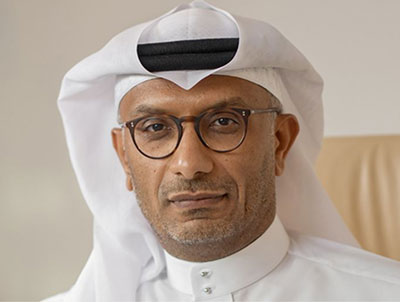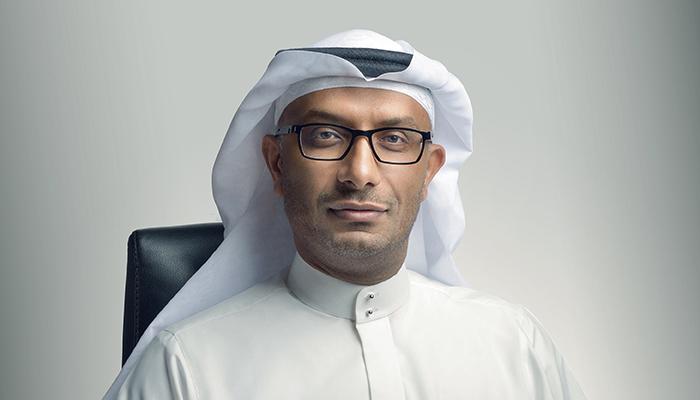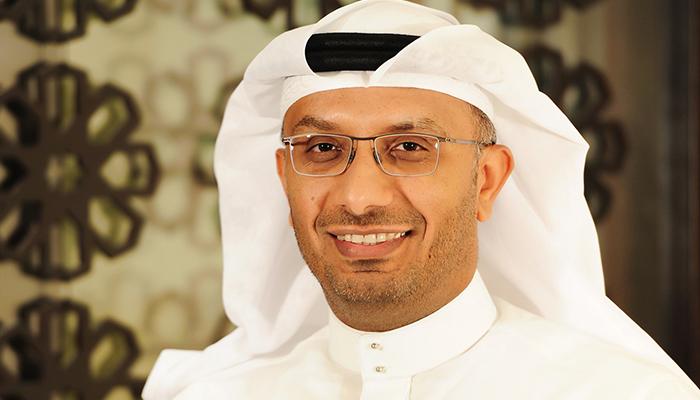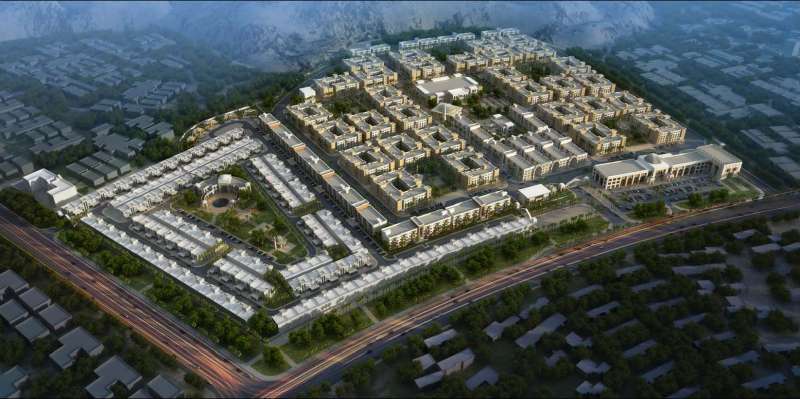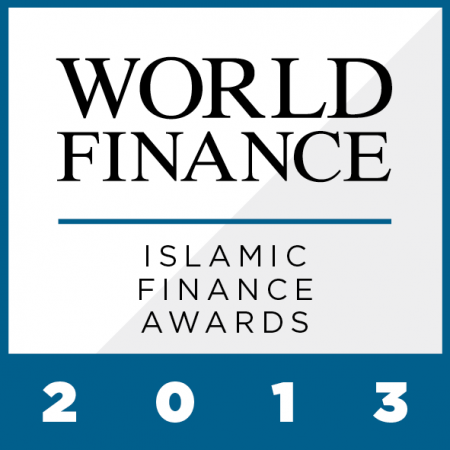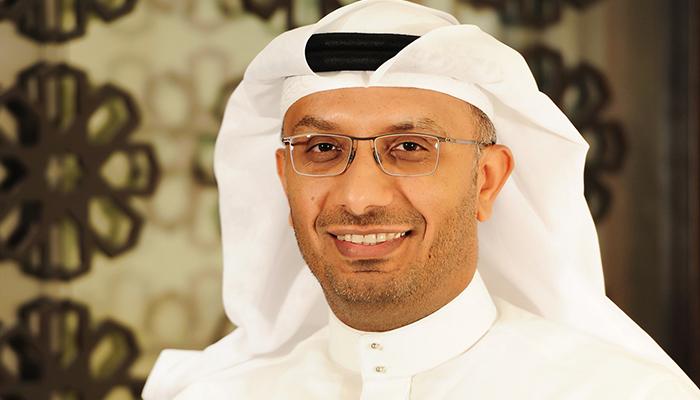
Eastern promise: The rise of family offices in the Middle East and Southeast Asia
November 10, 2022
The Middle East, in particular, is a well-established center of wealth but with an underdeveloped family office scene. With investors in the region having shown signs of repatriating capital since the onset of weaker oil prices more recently, the potential for a new generation of family offices to emerge could be significant.
Thanks to its oil resources the region is home to some of the wealthiest countries per capita across the globe, and its sovereign wealth funds are well known for their high profile investments in some of the biggest brands and global properties.
With new financial centers, such as Abu Dhabi’s ADGM, launching in the region, the Middle East continues to emerge as an increasingly important global center for wealth management.
While the family office landscape in the Middle East remains smaller than other regions despite the large amounts of wealth, there are signs that this could change.
In its wealth report published earlier this year, property consultants Knight Frank reported that the number of UHNWIs — with wealth of over $30m — in the Middle East grew by 89 percent between 2005 and 2015 and is projected to grow by a further 54 percent in the following ten-year period. The rise in the number of wealthy individuals in the region could fuel a rise in the number of family offices.
Indeed, a study by international investment manager Invesco in 2015 noted that there was an opportunity for private banks and asset managers as family offices looked to outsource asset management responsibilities.
The Invesco Middle East Asset Management Study 2015 revealed a level of dissatisfaction with low returns, particularly given the volatile international markets in recent years.
“We are observing a gradual distancing from their owners with far more autonomy than was previously acceptable,” says Arif Rahim, vice president, head of investment strategy at Saudi Arabian financial services firm Sidra Capital.
“There continues to be a gradual polarization between the personal wealth of the family and that generated by their business, with the majority of the wealth still being held within their companies.”
He adds: “Generally, a distinction exists in the allocation and risk appetite of assets held by the family office and that of their businesses, with allocations via the business focused on greater liquidity and downside protection.”
The Invesco survey also revealed that succession planning was a concern for Gulf Cooperation Council (GCC) family offices, which, unlike other mature markets, include newer sources of wealth.
“In the GCC, most wealth is first generation so new inheritance structures need to be developed for large families within local legal frameworks.” The Invesco study noted. “New money is immature and needs a mature market and more established money can be reluctant to move,” says Michael Oliver, co-founder of Global Partnership Family Offices.
“Finding appropriate service providers of quality in these regions who understand how to build and develop a relationship with a client is crucial. There are a lot of providers selling snake oil who are looking to exploit naivety and inexperience.
“The challenge for founders of family offices is that they built their wealth on very specialist experience – such as being able to manufacture and market the right product at the right price. Oliver continues: “That’s a very different skill set from managing investments and so they really do need the right support around them.”
A significant number of IPOs in the Middle East in recent years has fueled the rise in wealth, although weaker market conditions driven by lower oil prices have resulted in fewer listings in the latter half of 2015 and into 2016.
In Southeast Asia a wealthier middle class has emerged in recent decades and has seen a corresponding rise in the size of the wealth management sector and, increasingly, the regional family office landscape.
According to the latest CapGemini World Wealth Report, the number of HNWIs from the Asia-Pacific regions grew by 9.4 percent during 2015. The Asia-Pacific region’ 5.1 million HNWIs had wealth worth $17.4trn, compared with $16.6trn in the North America, making it the wealthiest region in the world.
“Certainly, family offices are coming of age in Asia. As recently as ten years ago there were probably no more than about 50 family offices in Asia, now there are several hundred, though that is still a tiny figure compared with 3,000 in the US and 1,000 in Europe,” says Adam Benskin, director at international financial advisory firm Strabens Hall.
“Asia is now home to a third of ultrawealthy people — defined as those with net assets of more than $30m — but accounts for less than 5 percent of family offices.”
“Similar to Europe, the family office mandate in Asia aims to preserve wealth and facilitate its transfer from generation to generation. The concept of the family office in Asia is still a new one, yet as the region booms, we predict the concept to do the same.”
However, gauging the size of the family office landscape in Southeast Asia has proved harder here than in other regions. “The number of existing family offices is perhaps one of the hardest statistics to collect,” says Patricia Woo, family office expert in the global tax strategy and benefits practice at international law firm Squire Patton Boggs. “It is because many family offices do not want to be labeled ‘family offices’, and do not even operate under a separate roof. “In Asia, a ‘family office’ can more often be a section within the family business rather than an independent legal entity with separate office space. She continues: “The importance of this type of ‘embedded family office’ should never be underestimated as these sections carry out many ‘family office’ functions.”
Over the years, Southeast Asia’s UHNWIs investors have undergone a change in mentality and are seeking to change their approach to management of wealth, which has been one of the key developments in the growth of the asset management sectors in financial centres such as Hong Kong and Singapore.
“The wealth-management mindset in Asia is evolving from one of wealth accumulation to wealth preservation and so issues such as succession planning and intergenerational wealth transfer through structures such as foundations and trusts are moving higher up the agenda,” says Dominic Gamble, co-founder and chief executive officer of Singapore-based adviser search service wealthinasia.com. “Hong Kong as a center for wealth management is developing but there is more wealth-management expertise in Singapore, which makes it a more attractive base for UHNWIs with sophisticated financial affairs.”
Yet, while both the Middle East and Southeast Asia are seeing growth in the number of family offices, there have been questions over where to domicile. In the Middle East, concerns over the regional stability has prompted some to establish offices in more mature markets, while a similar trend is also evident in Southeast Asia.
“I anticipate the number of independent single family offices to increase significantly in the coming three to five years, especially for families whose main business is located in a different country from the family office,” says Patricia Woo. “The family business would be in a developing country and the family wants to locate its family office in a developed economy.”
Source: BLOOMBERG PROFESSIONAL DECEMBER 20, 2016

